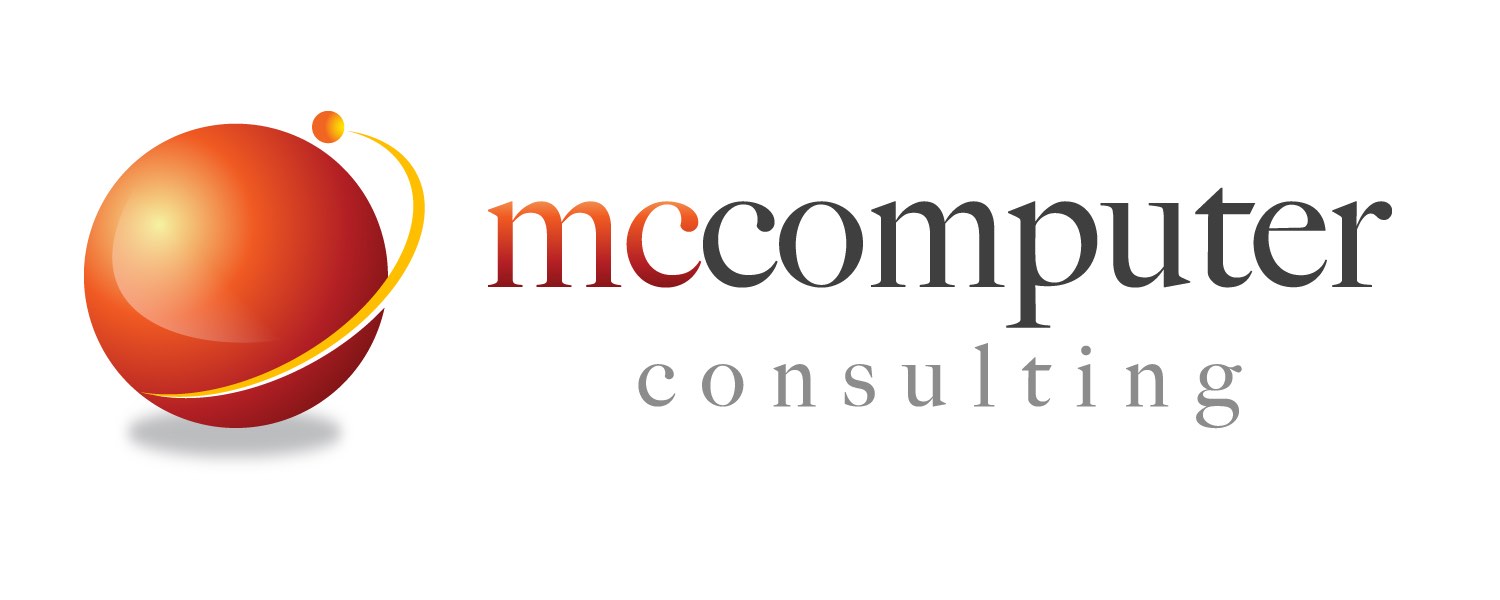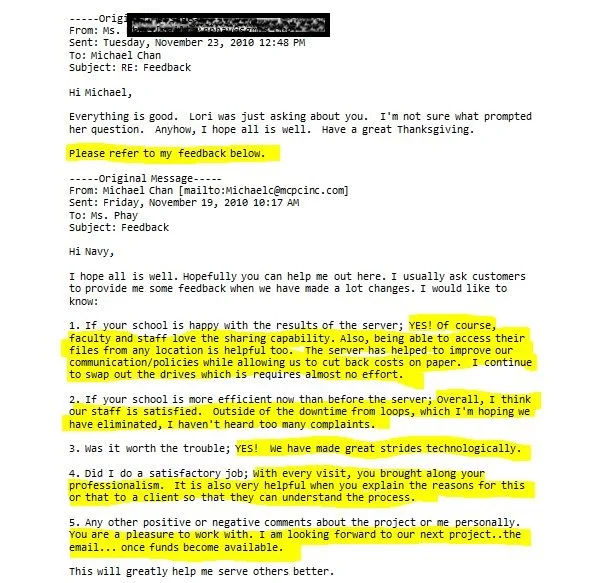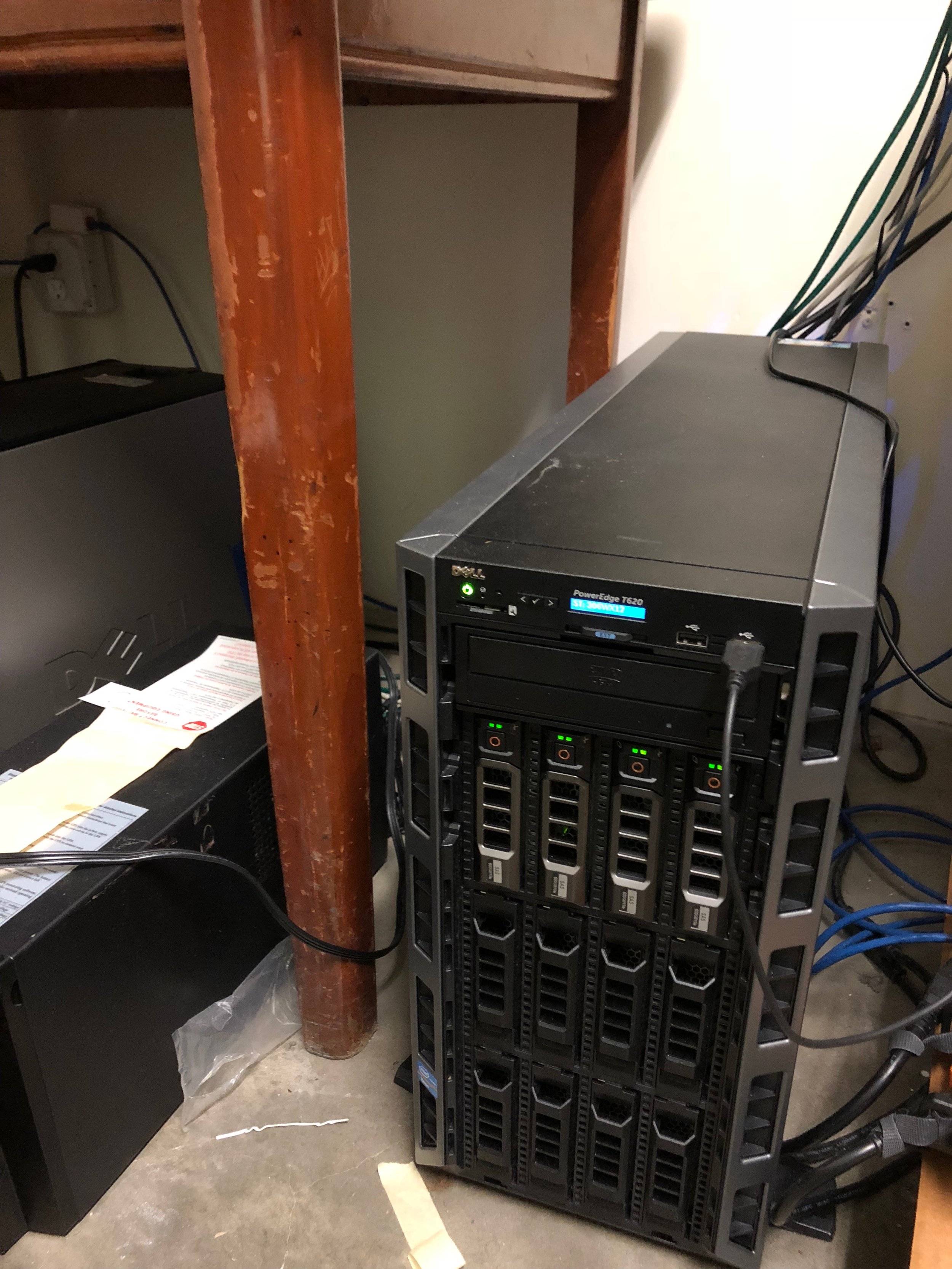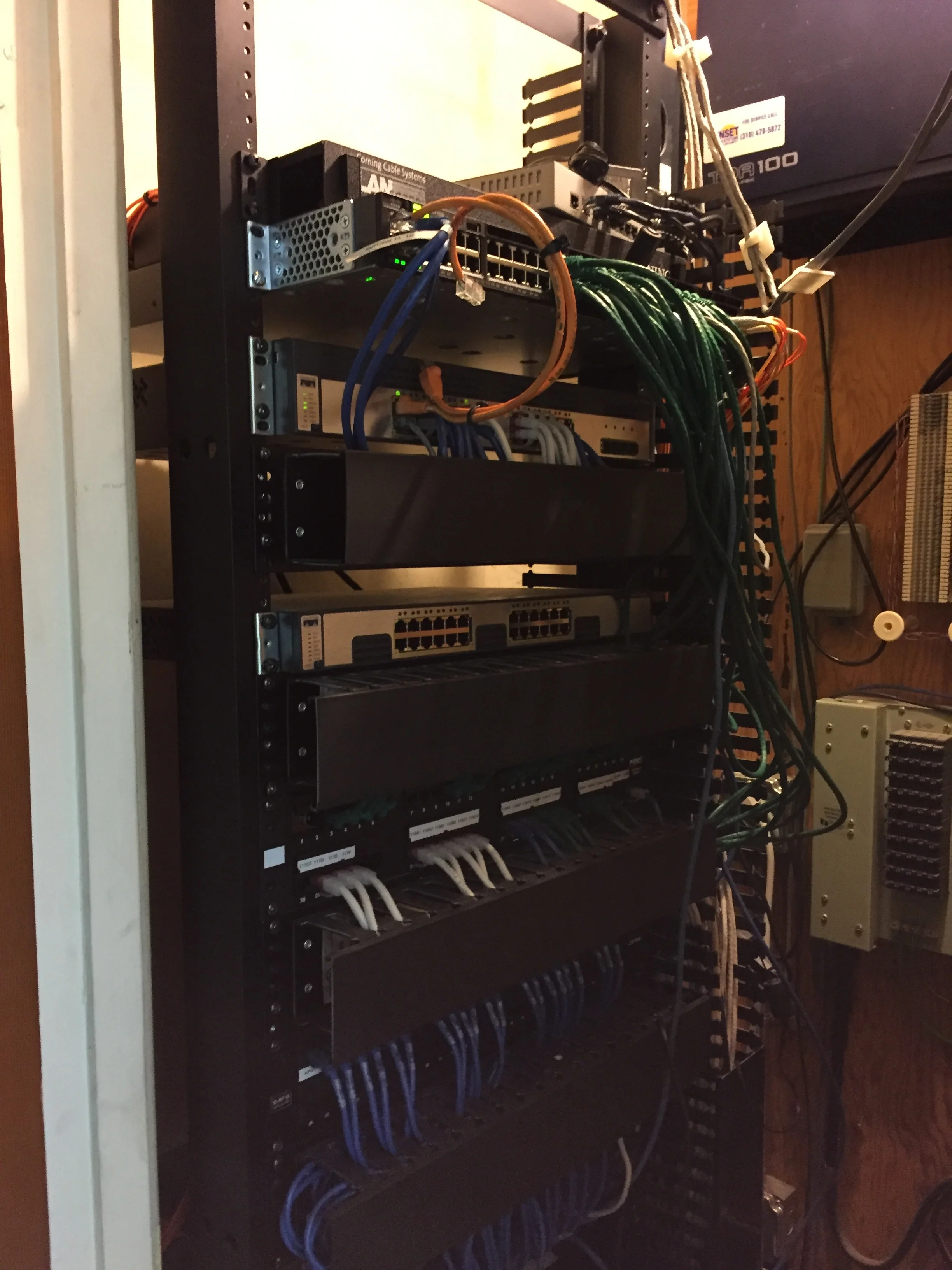San Gabriel Mission High School - 300-user client (2009 - present)
The client’s story
In 2009, we were hired by this high school to consult on how to improve their entire system. We worked with the tech coordinator extensively to make many improvements to the school’s system. In 2011, the tech coordinator left. At which time, the school hired us to manage their entire system. From 2011 until now, we’ve continued the same trend started by the tech coordinator and us. We helped transition the school’s system from a problematic system to a stable system. One of the biggest changes we implemented at the school was to procure and use the right equipment. This is described below.
Case Study - Slow system
Problem
This school has 200-300 students and 40 faculty and administrative staff members. Faculty and administrative staff members were reporting problems with their PCs being slow. Logging into a PC, opening programs, etc would each take minutes instead of seconds. Also, sending and receiving emails and surfing the net were also slow. They also had lots of Internet and network outages as well.
Solution
The solution was not a technical one. The main cause of all of their issues was focusing on budget rather than on buying the right equipment. They had a limit budget so they focused their efforts on saving money. In doing so, they kept buying the wrong equipment. Even their newly purchased PCs had CPUs that were 3-5 years old. They also used a lot of donated equipment that were 5-10 years old. The older components in the PCs and the older networking equipment did not meet the system requirements for the users’ applications. This was the cause of the slow performance, error messages, and network outages. We encouraged them to buy equipment with up-to-date components and to stop using donated equipment. Eventually, they followed our advice, and over time, this reduced problems which reduced the overhead required to maintain their system.
Result
The school's budget was limited so it took many years to replace the wrong equipment with the right ones. However, the results were immediate. There was one less set of problems for each problematic device that was replaced with a proper one. As a result, the school slowly had less and less issues. This ultimately had a positive effect on their pocket book which allowed them to allocate resources towards more important things like a faster Internet connection to support the transition to cloud-based education and other needed items, .









